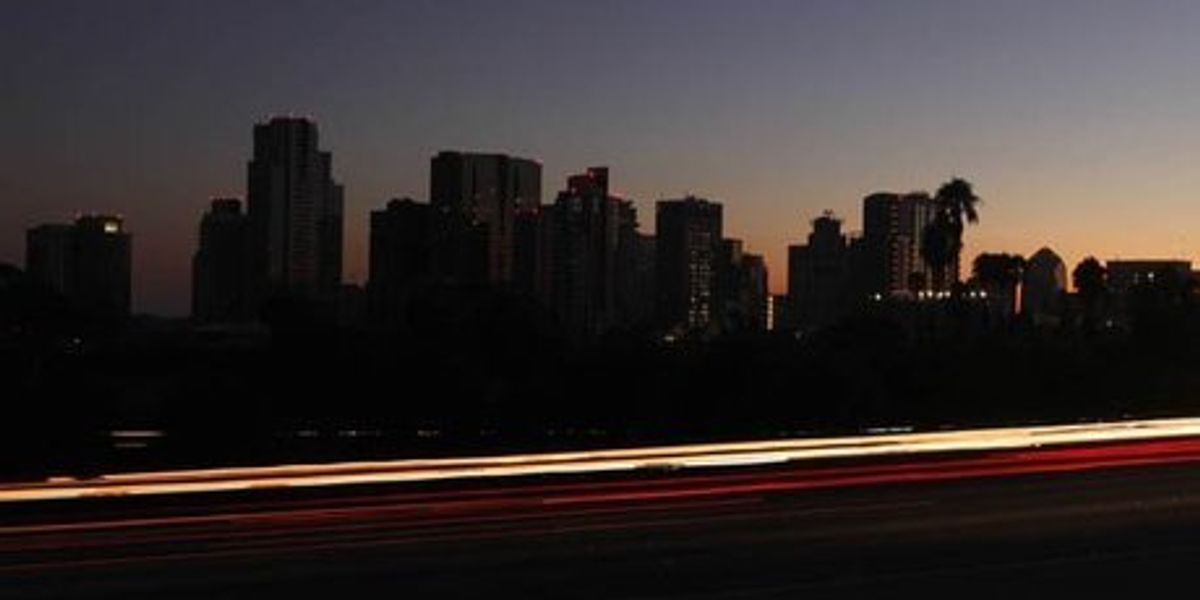In September 2011 a blackout in the area around San Diego, Calif., left 2.7 million customers without power for up to a half day or so. A report issued this week [PDF] by the North American Electric Reliability Corporation and the Federal Energy Regulatory Commission blames the outage on "inadequate planning and a lack of observability and awareness of system operation conditions on the day of the event," as a press release puts it.
The report's executive summary says that the cascading disturbance on Sept. 8, 2011 started with the loss of a single 500 KV transmission line, which the system should have been able to withstand. Instead, the loss led to a wide redistribution of power, sizeable voltage deviations, transformer overloads, and overloading of a key transmission corridor south of the San Onofre nuclear power plant, designated Path 44 by the Western Electricity Coordinating Council (WECC).
Excessive loading of Path 44 prompted the San Onofre nuclear power generating station to go off line, plunging San Diego and a Baja Caifornia operating-area into a complete blackout. Yet during the 11 minutes the outage lasted, "the WECC Reliability Coordinator issued no directives, and only limited mitigating actions were taken by the transmission operators of the affected areas."
Yikes! The executive summary goes on to detail underlying factors that contributed to the event, including grid operators not properly having evaluated how loss of generating facilities smaller than 100 kV could affect bulk power reliability, "not recognizing" Western Interconnection reliability limits, "not studying and coordinating" how protection systems might function under certain contingencies, and "not providing effective tools and operating instructions for use when reclosing lines with large phase angle differences across the reclosing barriers."
The report also finds operators and regulators were insufficiently aware of adjacent system particulars and how neighboring systems might interact in an emergency. The report recommends improving external visibility of systems, use of real-time tools, and communications among entities. In conclusion, says the report, "The Sept. 8th event shows that all protection systems and separation schemes … should be studied and coordinated periodically to understand their impact on bulk power system reliability to ensure their operation, inadvertent operation, or misoperation does not have unintended or undesirable effects."
From the sounds of it, lessons that ought to have been learned from previous outages—the big Northeast-Midwest blackout of 2003, and the two big western system disturbances of the late 1990s—are still being absorbed.
Photo: Sean M. Haffey



